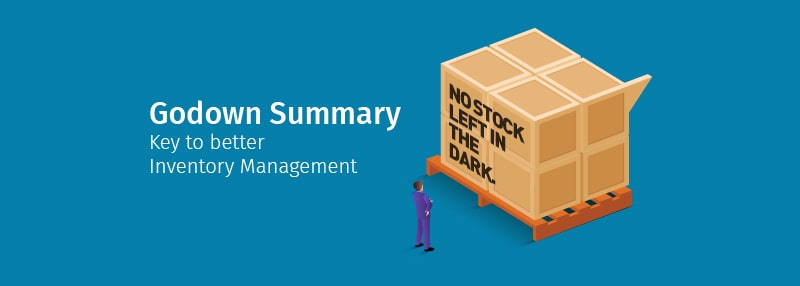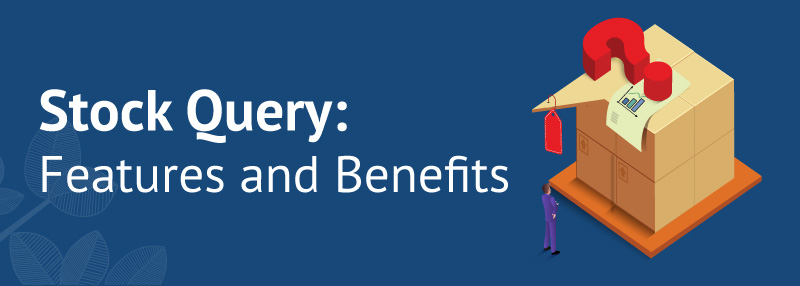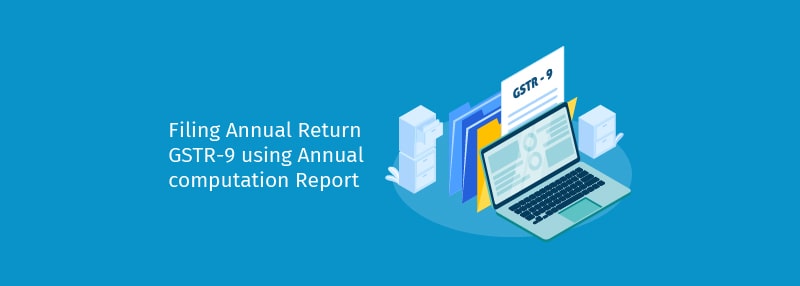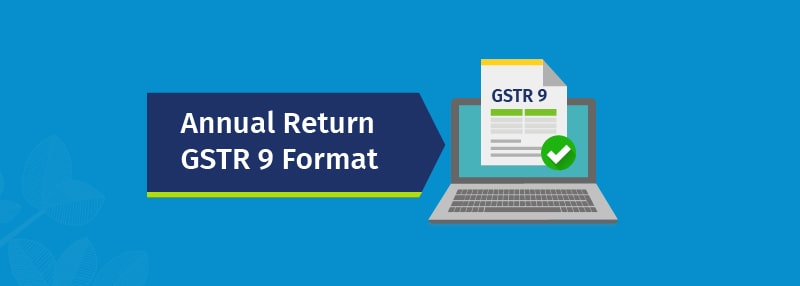The GST Council, headed by Union Finance Minister Nirmala Sitharaman and comprising representatives of all States and Union Territories (UTs), had its 37th meeting in Goa in the backdrop of economic growth hitting a six-year low of 5% for the first quarter of the current fiscal. This GST Council Meeting was extremely crucial as various industries were looking forward to some major decisions to be taken in terms of tax slabs.
There have been demands pouring in from various sectors — from biscuits to automobiles and FMCG to hotels — to reduce tax rates in the wake of economic slowdown.
Here are the key decisions during the 37th GST Council Meeting held in Panaji, Goa which are said to be effective from October 1, 2019.
GST Rates Revisions
- GST Council recommends lower 12% cess on 1,500 cc diesel, 1,200 cc petrol vehicles with capacity to carry up to 13 people.
- GST rate on caffeinated beverages raised from 18% to 28% with 12% compensation cess.
- Uniform GST rate of 12% to be levied on polypropylene bags and sacks used for packing of goods
- GST exempted on specified defence goods not manufactured in India
- Rate levied on cut and polished semi-precious stones has been dropped from 3% to 0.25%.
- Jewellery exports to now attract zero GST.
- GST on fishmeal used by fishermen being exempted from July 2017 to September 30 this year. There was lack of clarity on their GST coverage and no tax was collected so that has been resolved.
- GST rate hiked on railway wagon, coaches from 5% to 12%.
- For Transaction value per unit per day of ₹1000 or less, will attract nil GST. For ₹1001 upto ₹7500, now the tax rate will be 12%. Anything above ₹7501 will attract 18%. It was 28% till now.
- To reduce the rate of GST on hotel accommodation service as below:
| Transaction Value per Unit (Rs) per day | GST |
| Rs 1000 and less | Nil |
| Rs 1001 to Rs 7500 | 12% |
| Rs 7501 and more | 18% |
- To exempt services provided by an intermediary to a supplier of goods or recipient of goods when both the supplier and recipient are located outside the taxable territory.
New Returns
- Waiver off the requirement of filing FORM GSTR-9A for Composition Taxpayers for FY 2017-18 and FY 2018-19
- Filing of FORM GSTR-9 for those taxpayers who (are required to file the said return but) have aggregate turnover up to Rs. 2 crores made optional for FY 2017-18 and FY 2018-19
- A committee to examine simplification of Forms for Annual Return and reconciliation statement
- New return system now to be introduced from April 2020 (earlier proposed from October 2019)
- The imposition of restrictions on availing of input tax credit by the recipients in cases where details of outward supplies are not furnished by the suppliers.
Other Crucial Updates
- Group insurance schemes for paramilitary forces under the Home Affairs ministry to be exempted from GST.
- Aerated drink manufacturers shall not be under the composition scheme anymore.
- Rate reduction on hotel accommodation services.
- Job work services related to diamonds reduced from 5% to 1.5%. For machine job works in engineering industry, GST down from 18 to 12. But bus body building works still taxed at 18%.
- Restriction on refund of compensation cess on tobacco products (in case of inverted duty structure)
- Reasonable restrictions on passing of credit by risky taxpayers including risky new taxpayers
- Link Aadhar with registration of taxpayers under GST and examine the possibility of making Aadhar mandatory for claiming refunds
- Integrated refund system with disbursal by single authority to be introduced from 24th September 2019





 Summary View of Annual Computation Report in Tally.ERP 9
Summary View of Annual Computation Report in Tally.ERP 9



